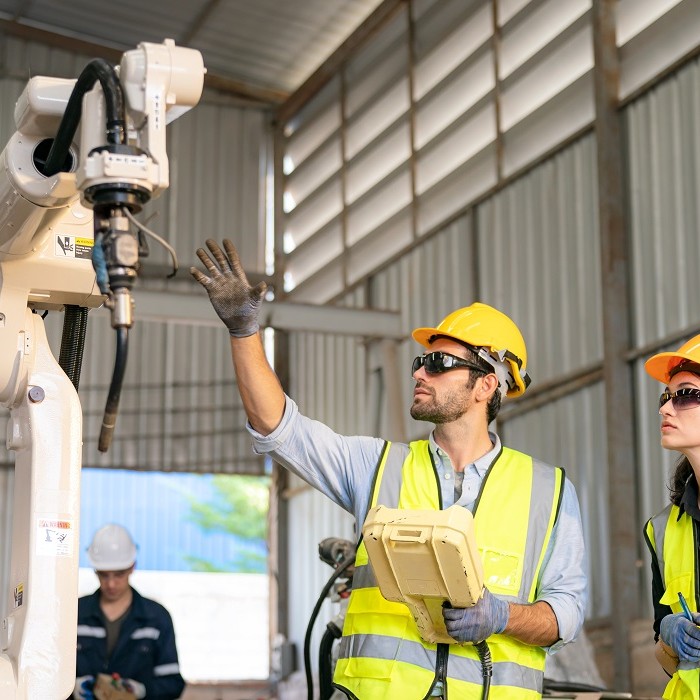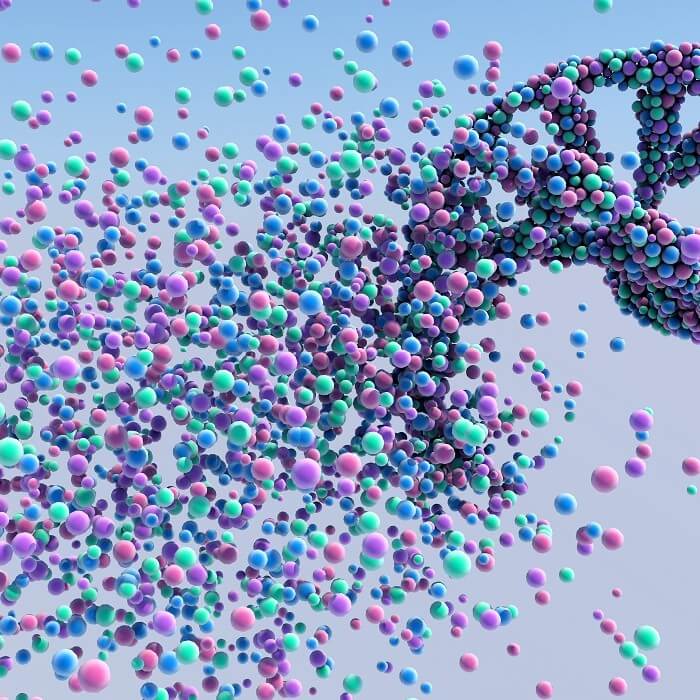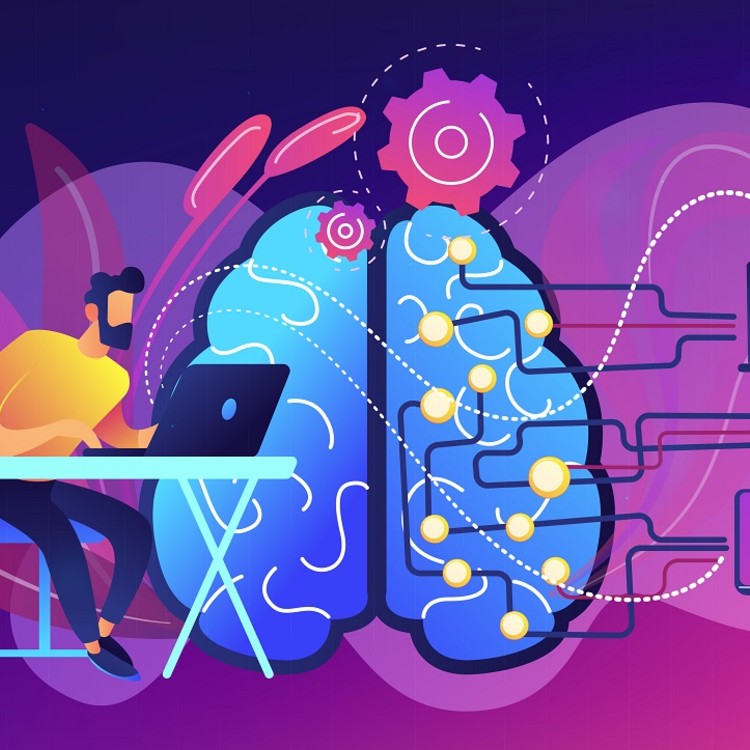Not so many years ago, artificial intelligence (AI) was largely the stuff of science fiction. “A.I. Artificial Intelligence” was actually the name of a little-remembered 2001 Stephen Spielberg film. Today, AI powers everyday technologies that are used by everyone from little kids to grandmothers, including e-commerce recommendation engines, voice-activated digital assistants, email spam filters and wayfinding apps.
As debates heat up and discussions rage on about whether this burgeoning technology is poised to replace people’s jobs, patent law is still playing catch-up, according to Michael Carey, an AI-focused patent attorney at F. Chau & Associates, a boutique intellectual property law firm in New York.
“Typically, it takes a while for the value of various types of patents to become clear,” Carey said.
“But innovative companies don’t want to wait. So companies who are on the cutting edge of developing technology typically spend a portion of their budget getting patent protection.”
He said initially it’s a bit speculative.
“We have to rely on past experience from other technologies,” Carey said.
In an interview with The Forecast, Carey outlined what’s unique about AI patents, explained enforcement challenges and gave tips for companies looking to build the best possible protection for their IP.
How AI Patents Differ From Other Tech Patents
The motivation behind AI patents is essentially the same for any other patents, Carey said. Namely, they allow inventors to capture more value from their creations and therefore provide an additional incentive for companies to invest in innovation.
However, Carey said that it is a mistake to draft patents for artificial intelligence the same way one would draft a patent for any other software application.
For instance, an ineffectual AI patent might use the algorithm itself, which are often powered by cloud computing, as the basis for several different claims, and only alter the language to protect a different “statutory class” in each claim.
While this sort of patent structure is simple for attorneys to follow, Carey said it fails to provide the broadest possible protection.
Instead, Carey suggested that attorneys should draft AI patents with three distinct types of claims: application, architecture and training. An application claim will explain what the invention does and how it does it – describing the inputs for the AI invention, the function of the system, and how the tool is applied to solve a problem.
A good architecture claim, Carey said, will hit a “sweet spot” by providing a description of architectural components that is neither too broad nor too narrow. Lastly, a training claim will explain how tools collect data, predict results, and then update model parameters over time.
These sorts of claims address what is unique about AI tools, and also offer multiple ways to describe an inventive concept – potentially increasing enforceability.
Questions Remain Regarding Enforcement
The newness of artificial intelligence patent law, combined with the somewhat limited visibility into most AI-powered technologies, makes patent enforceability something of an open question.
“The AI patent world is still a little immature,” Carey said.
“People haven’t found the patterns or the easily exploitable ways to enforce AI patents. And there’s a bit of a challenge in enforcing AI patents because some of the key elements of AI patenting – the architecture, the training – are actually a bit harder to observe for AI than even with other soft software tools.”
“If you are coming from a traditional software background, you’re used to having a code that carries out a specific function. With AI patents, it’s not the same. You have millions of parameters, and they get learned by the algorithm, and it’s kind of a black box.”
As artificial intelligence continues to develop, the technology can serve as both a creation and enforcement tool. AI has the potential to devise inventions that are worthy of patent protection and it can also help companies and its lawyers more easily identify when protected assets have been infringed upon.
When using publicly available services like ChatGPT or more turnkey commercial software, the question still remains who owns the content and ultimately, the intellectual property that the artificial intelligence generates?
In the United States, the current patent system goes off the basic assumption that inventors are human. As AI increasingly discovers new drugs and materials and conceives of novel designs, machines may soon require their own intellectual property law.
Laying the Groundwork
Lawsuits concerning patents are comparatively infrequent in the tech world, Carey said. “But then, when they do happen, they’re really huge.”
These sorts of years-long litigation battles largely haven’t yet spilled over into the realm of AI, but Carey believes the patents that companies obtain now will set themselves up to protect their IP in the future.
“I think that where the industry is at right now, people are almost getting ‘defensive’ patents,” he said.
“In case they need to go to war with one of their big rivals, they can dig out all their patents and then try and have some ammunition. It’s almost like mutually assured destruction. Like: ‘Don’t sue me, because if you do, we’re going to countersue,’ and we’ve got this big patent portfolio to do that.”
The Importance of AI Expertise
While companies may not need to enforce their AI patents for years (if ever), it is critical that these patents be written in such a way now that they will give their holders the best chance at protecting their IP in the future. To do that, Carey said organizations need to work with attorneys who have experience working specifically with artificial intelligence patent law.
Not only will experienced attorneys have a better grasp on an effective structure for AI patents, they will also understand the subject-specific content and terminology necessary to craft a good patent that will be accepted by the U.S. Patent and Trademark Office and survive challenges in the courts.
“It is a little bit harder to detect infringement in AI patents,” Carey said. “But in my view, it’s actually a little easier to get the patent in the first place – if you draft it correctly.”
And that’ll give companies yet another tool on the battlefield for innovation.
Other related articles:
Editor’s note: Learn more about Nutanix GPT-in-a-Box, a full-stack software-defined AI-ready platform designed to simplify and jump-start your initiatives from edge to core. More details in this blog post The AI-Ready Stack: Nutanix Simplifies Your AI Innovation Learning Curve and in the Nutanix Bible.
This is an updated version of the article originally published on January 22, 2022.
Calvin Hennick is a contributing writer. His work appears in BizTech, Engineering Inc., The Boston Globe Magazine and elsewhere. He is also the author of Once More to the Rodeo: A Memoir. Follow him on Twitter @CalvinHennick.
© 2023 Nutanix, Inc. All rights reserved. For additional legal information, please go here.







